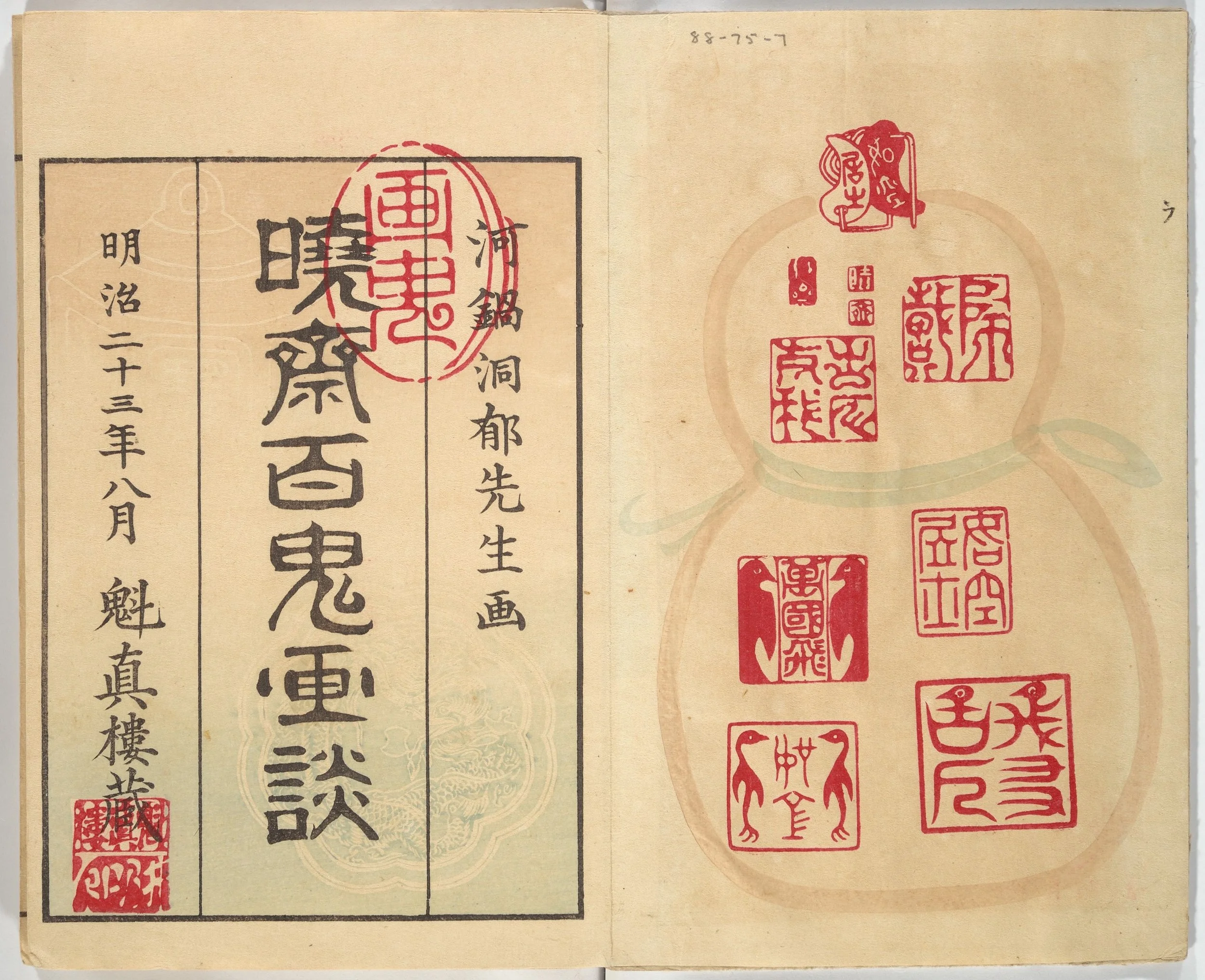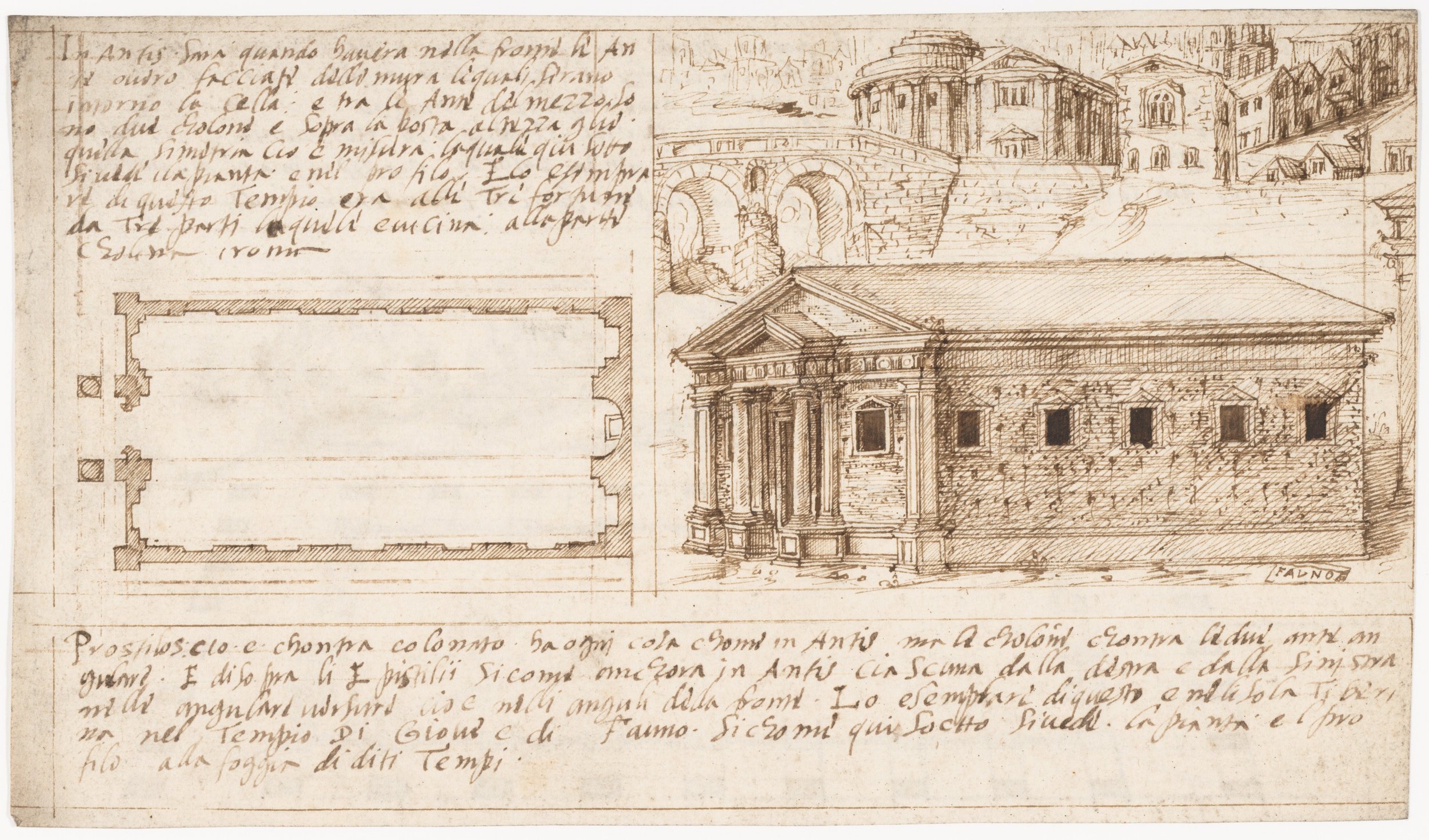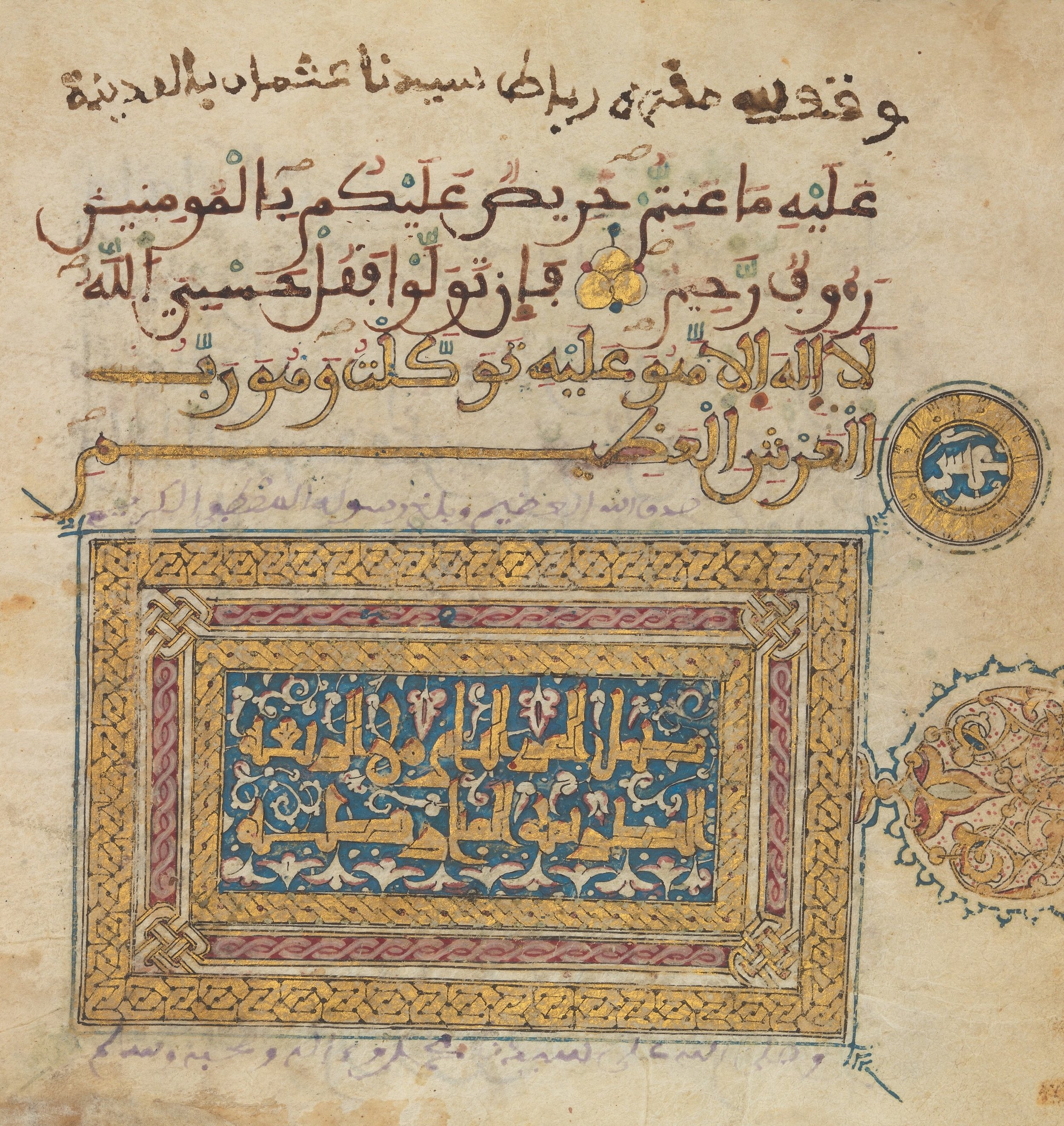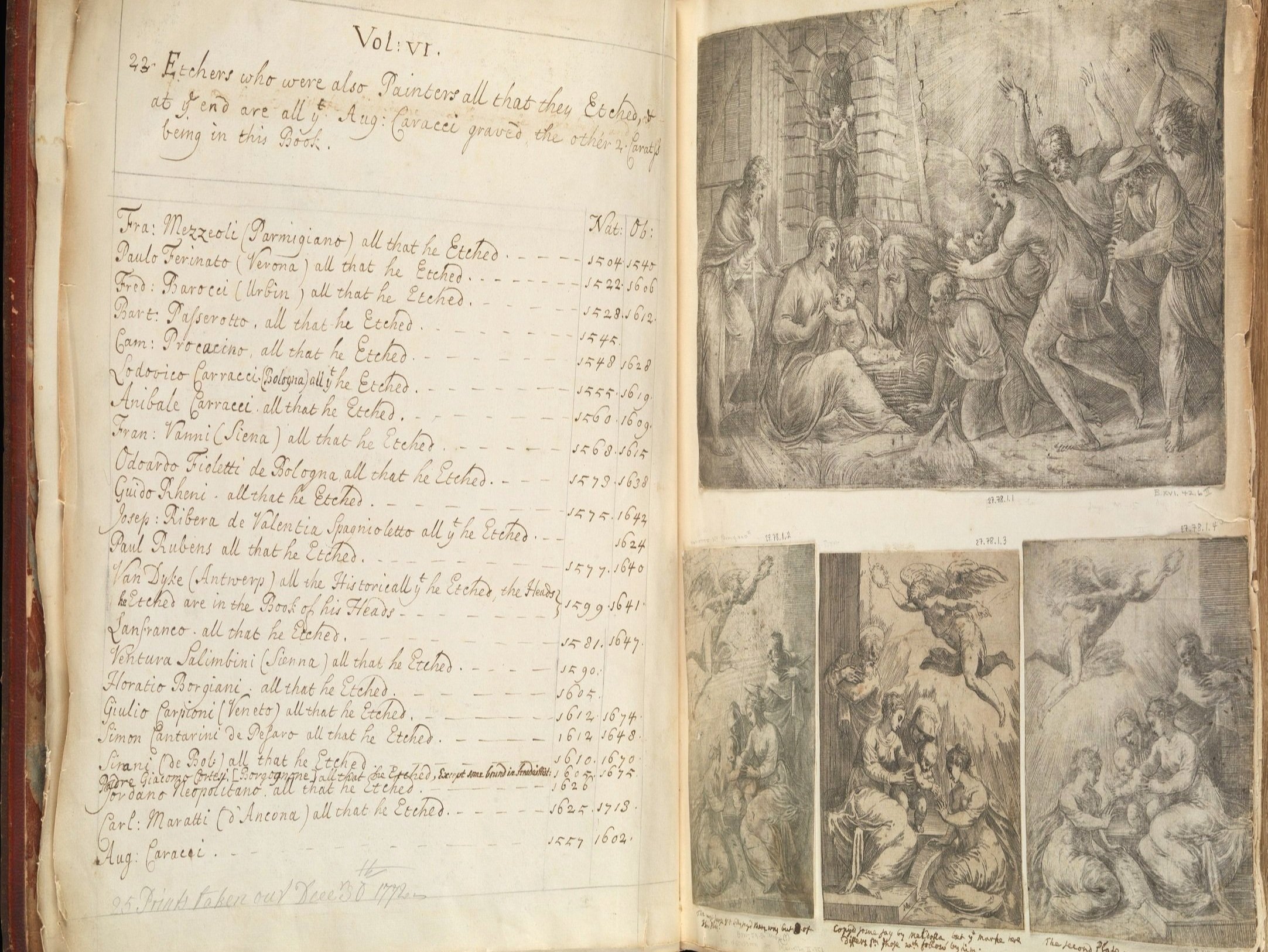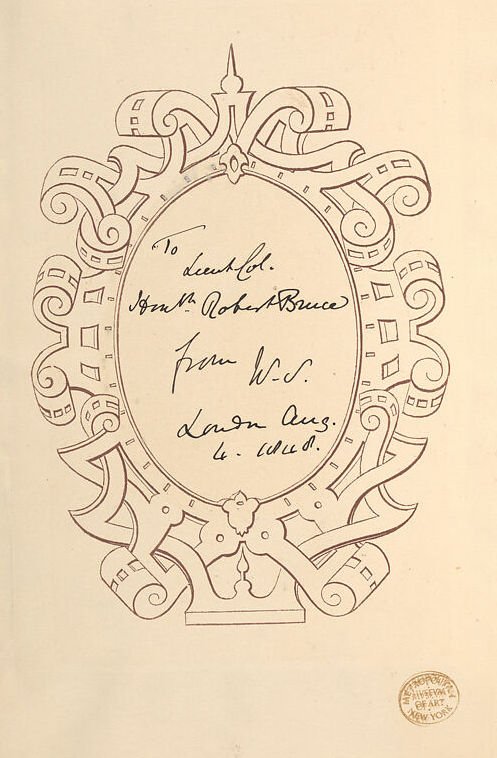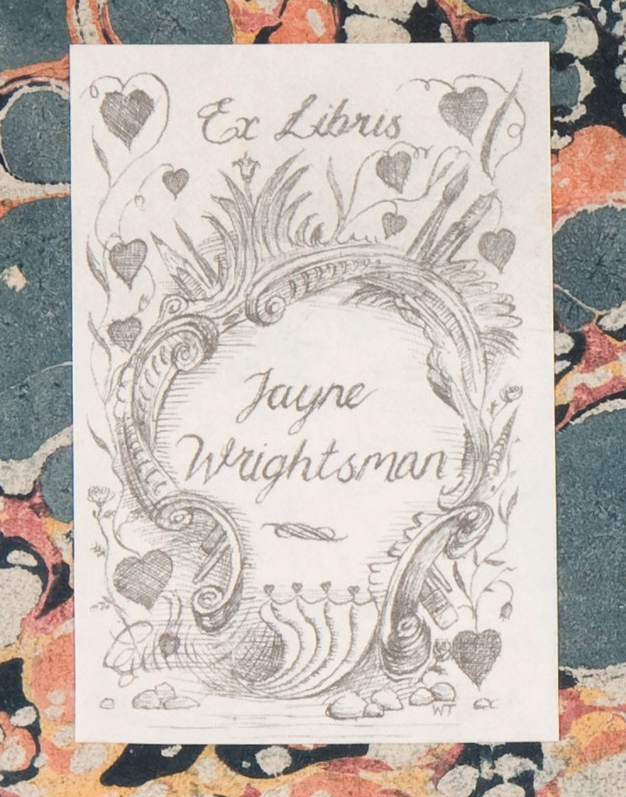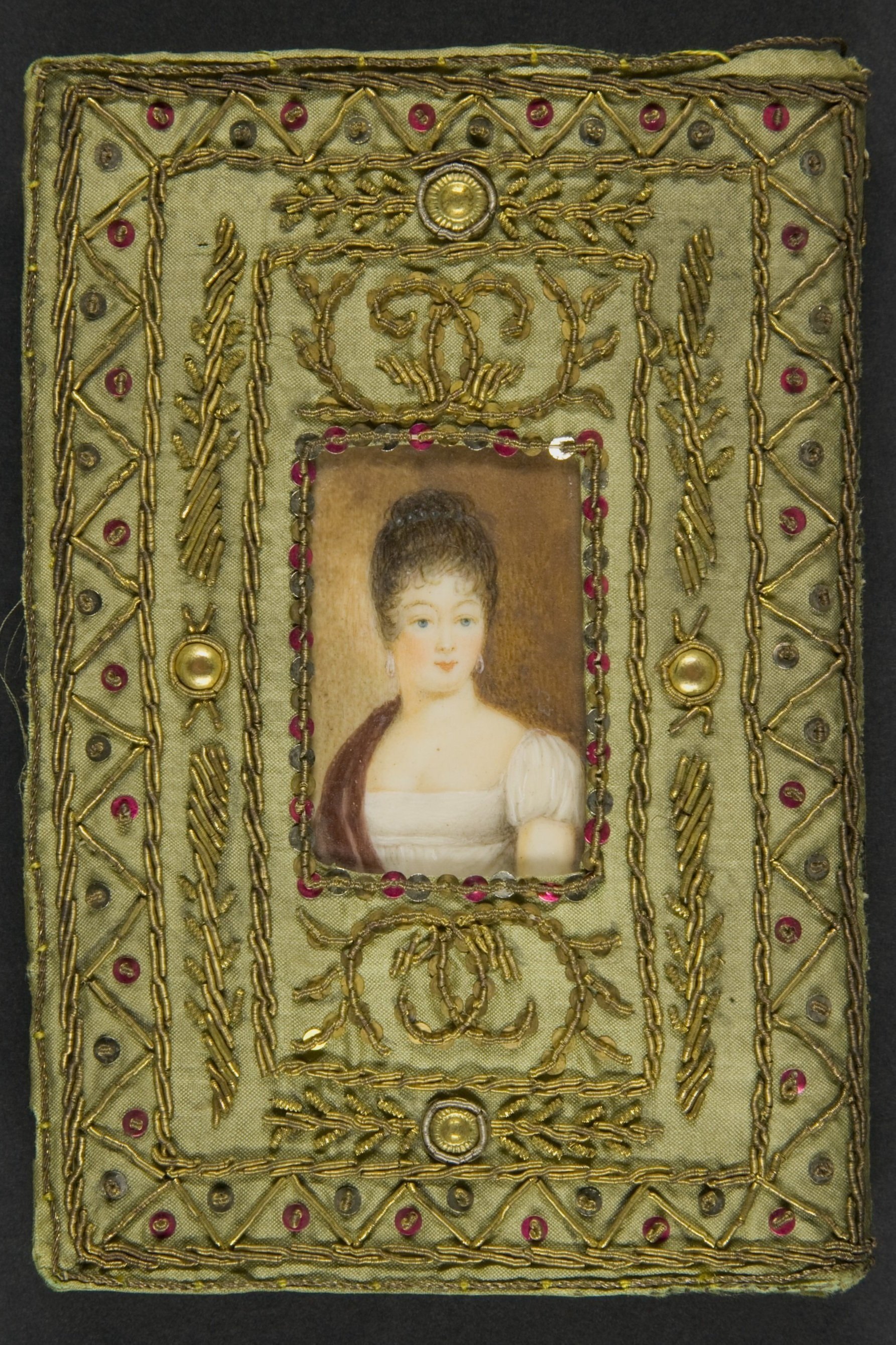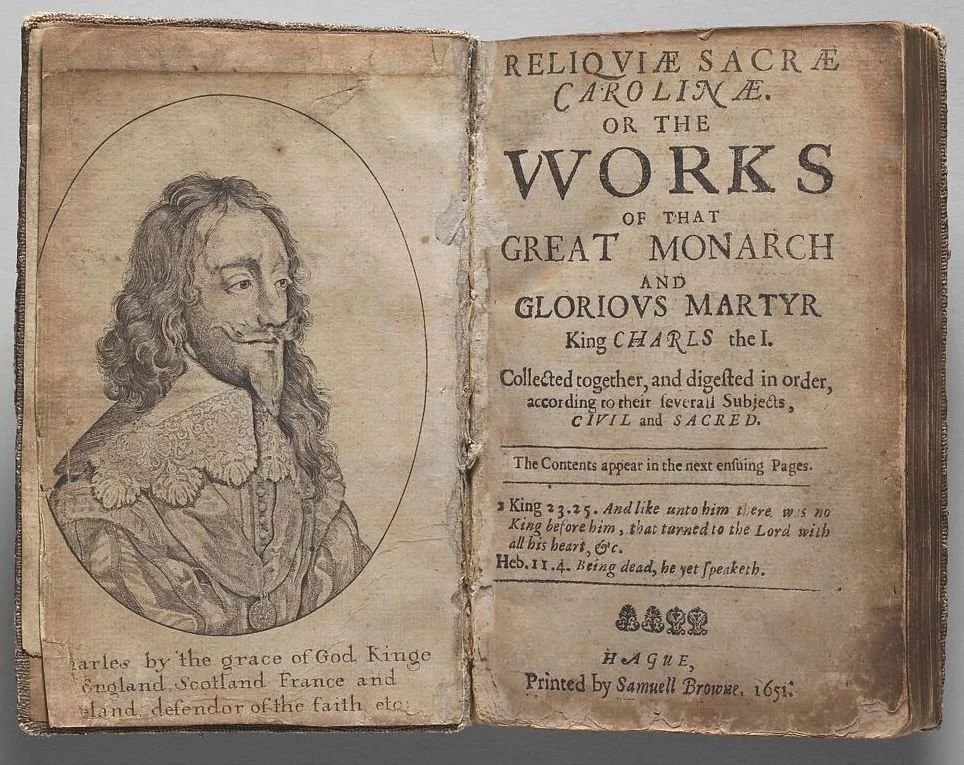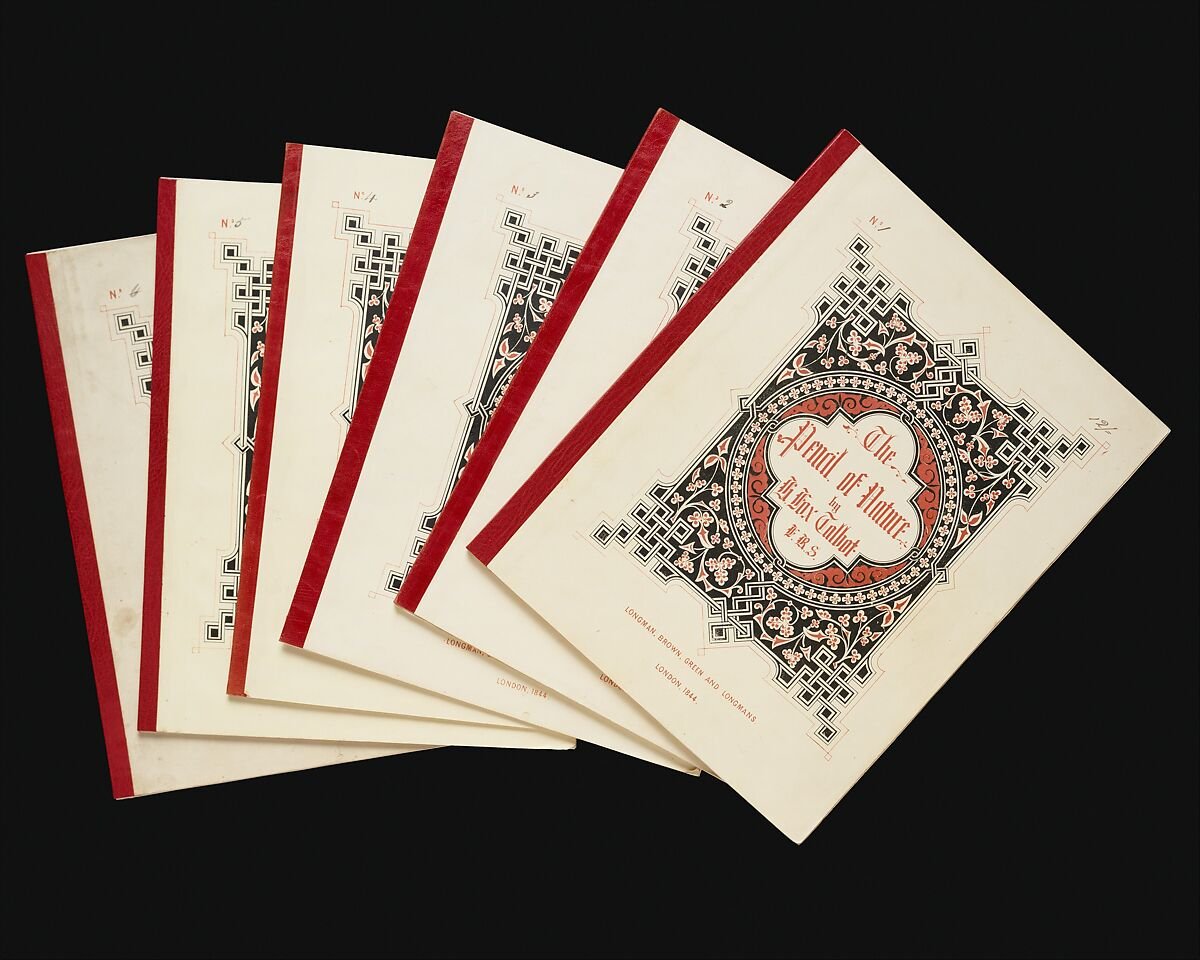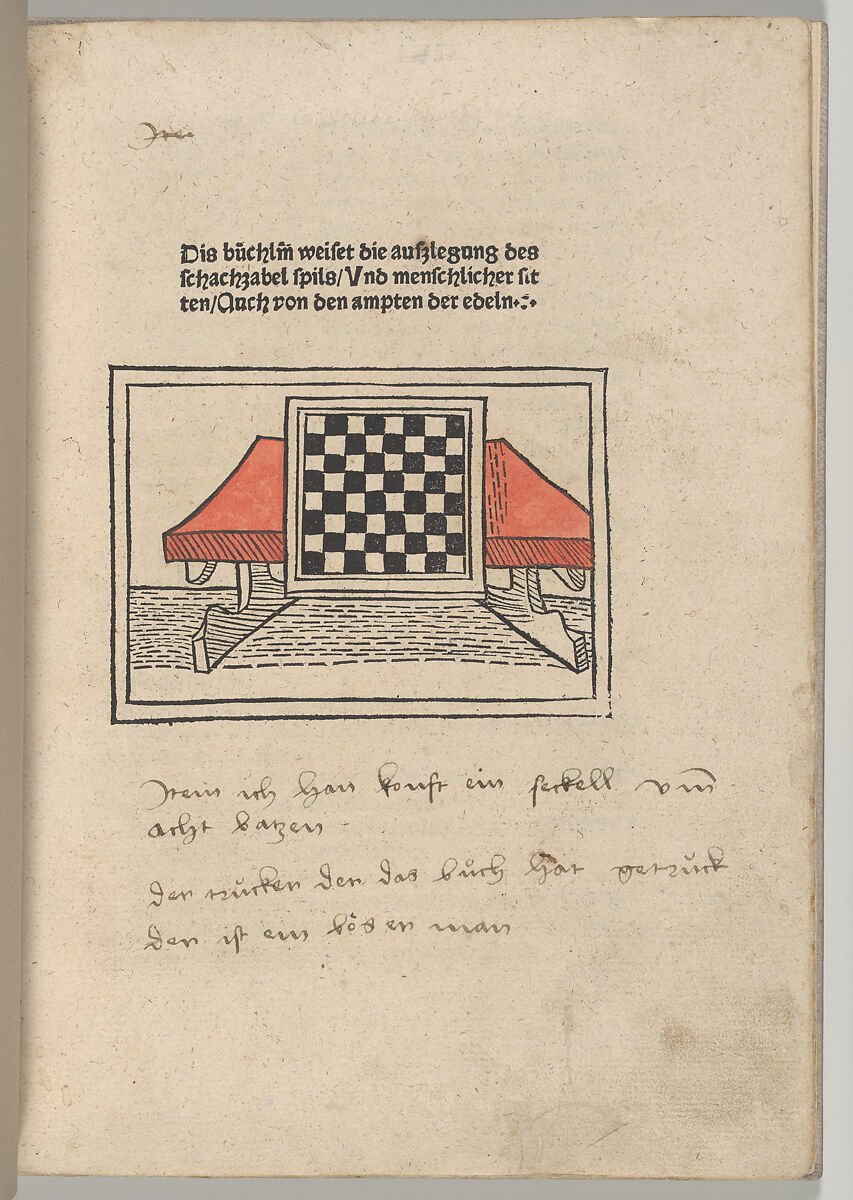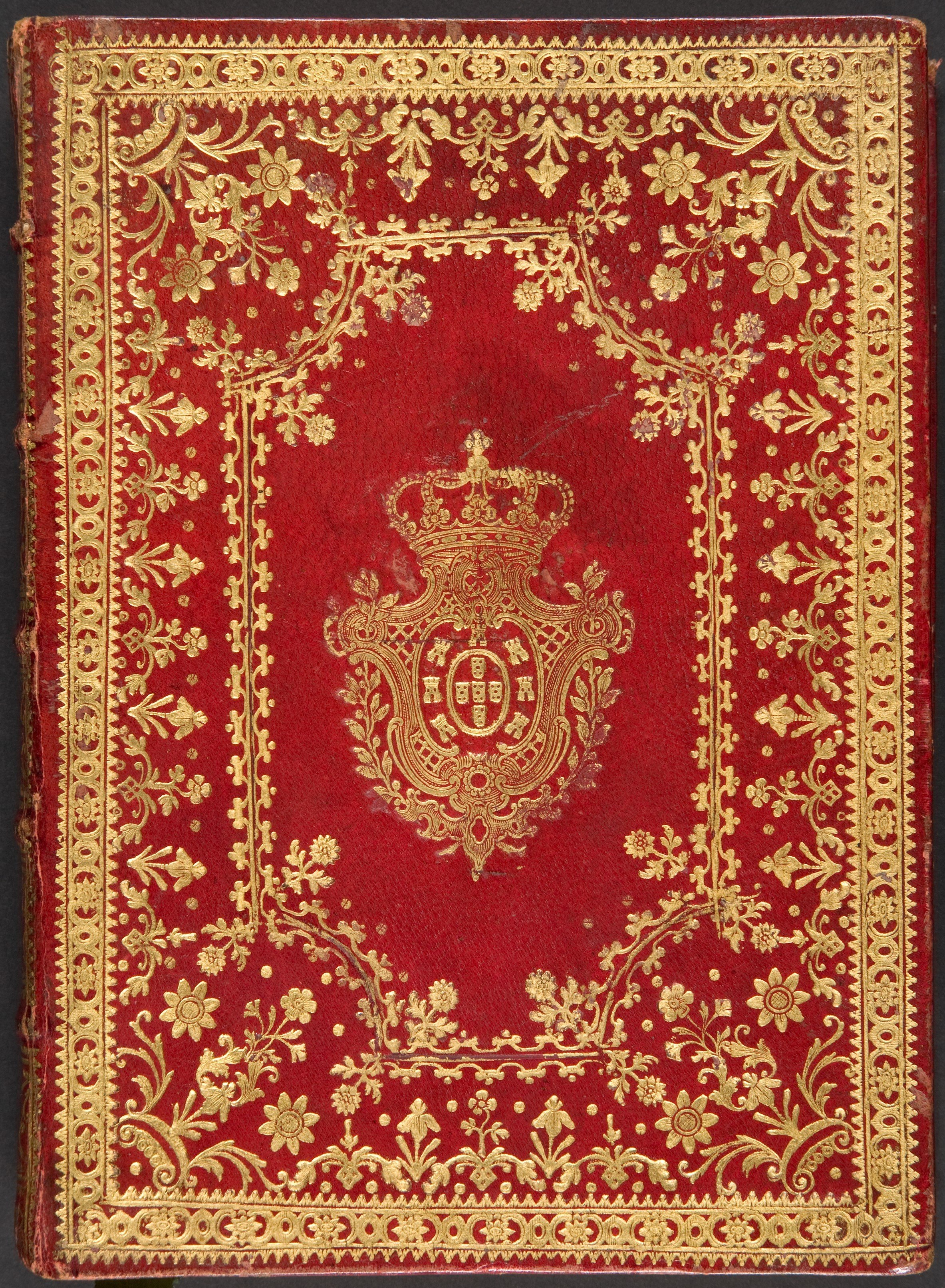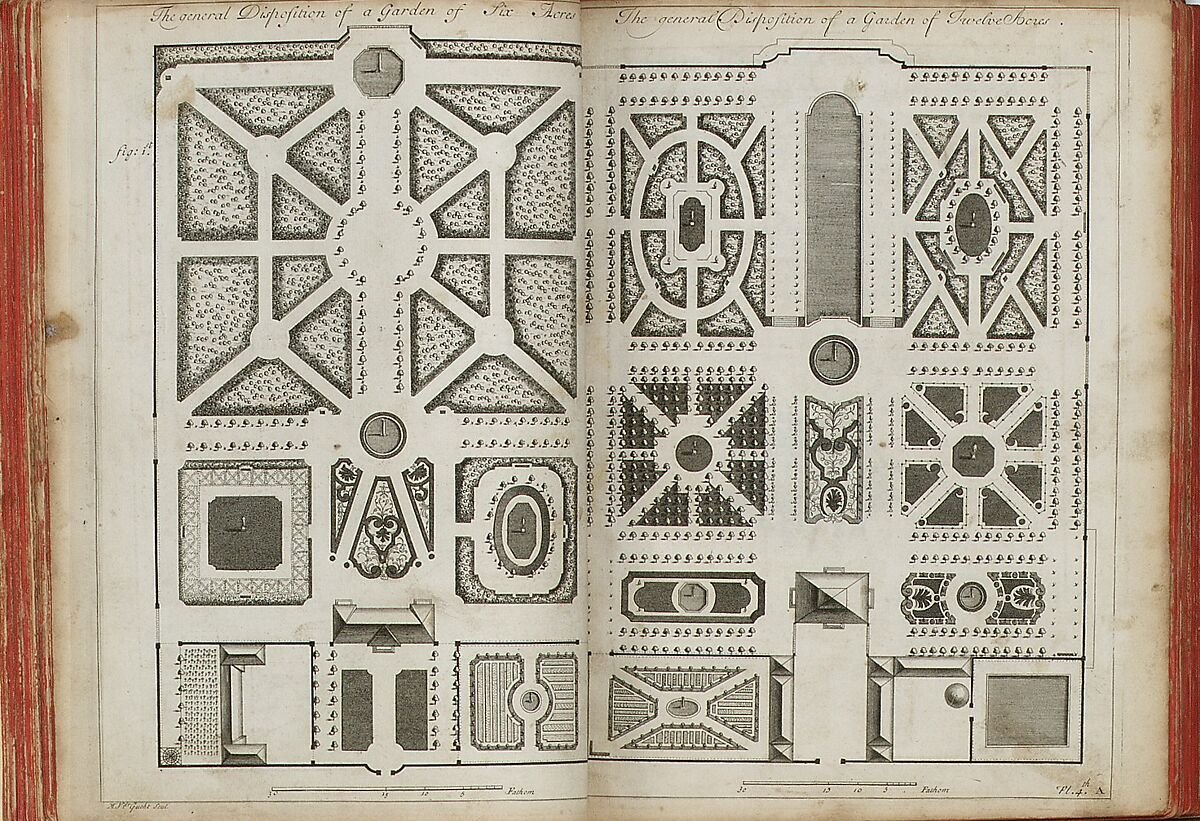Factors to consider when evaluating a book for its monetary worth
So what’s my book worth? Working as an appraiser of rare books, I am constantly solving this valuation puzzle. Sadly, there is no genie or fortuneteller to call upon for the answer. Neither is there a trade-secret formula. Rather it’s case by case, utilizing an amalgamation of gathered facts from research and reference, reasoned analysis, ongoing connoisseurship, professional experience, and a healthy dose of common sense.
But for those not familiar with the bookish world, where do you begin? You may have inherited a mysterious tome, meticulously acquired a collection with a prevailing theme, or instead are faced with boxes galore of trade paperbacks haphazardly purchased over the years. It can be overwhelming, to say the least. But it can also turn into diverting detective work (warning: your attitude may change hourly or by which book you are dealing with).
Let’s assume you have an authentic book with no chicanery or shenanigans lurking between the covers. The following guide offers a few factors to consider when evaluating a book for its financial value. These explanations will hopefully give you starting points for your own investigation.
After doing some legwork, you may realize that you need a professional valuation. Consider making an appraisal inquiry for a complimentary initial consultation. The more detailed a description you provide about the book or collection, the better we can help you determine if the probable value justifies the expense of our professional services.
A quick note on value
This article’s discussion primarily focuses on value in financial terms. Every cultural object has varying layers of worth and meaning, from the sentimental to the historical. Value is not a fixed point but rather changes to reflect context. A qualified appraisal report documents the monetary value of a specific circumstance. Yet whether it has perceived market value or solely nostalgia, books and other types of cultural property deserve attention and proper care. To learn more about types of value, read “Understanding Valuation Terms.”
Rarity
“Rare book” has two meanings. It can be an overarching term to describe the ecosystem of sellers, buyers, and scholars who engage in book, manuscript, and ephemera collecting. More pertinent for our purposes, rare also describes books that are difficult to find and whose demand exceeds their limited supply.
Just because a volume is old does not necessarily make it rare. Neither does an uncommon or unique work instantly equate to a higher value. Instead, a rare book must have that special chemistry of buyer desirability and scarcity. Such allure can fluctuate depending on market trends responding to the current zeitgeists and habits of active buyers.
One clue to a book’s uncommonness is to check WorldCat, the world’s largest library catalog, which locates institutional copies. While not always the most up-to-date resource, it is still a very good indicator and used by many in the trade.
In reality? Most books are treated for much of their existence as “second-hand” (i.e., previously owned) and never get that big promotion to the rare shelf. Consequently, their monetary worth is modest at best.
First comes first
Yes, being first is important for books. But that doesn’t mean every earliest copy is figuratively pinned with a biblio blue ribbon. After all, there can be more kinds of “firsts” for a title than you may initially think.
It’s usually not so straightforward as the first edition, the one and only. Especially for books published after 1900, there can be a lot of ‘firsts’ out there for the same work: first American edition, first UK edition, first Penguin edition, first French translated edition, first paperback edition, etc.
For reputable participants in the book world, “first edition” or “true first edition” has become shorthand for the first printing of a first edition. However, there are many others who are unscrupulous and misappropriate this convention. When looking at sale listings, check your description source and independently verify.
More influential in value is if the book signifies a historical first in addition to being a first edition. Here are some sample questions to ponder:
Does the book contain the first description of a technological innovation?
(e.g., Galileo’s telescope in Sidereus Nuncius (Starry Messenger))
Is it the first known depiction of a species?
(e.g., Maria Sibylla Merian’s insect illustrations in Der Rupsen Begin, voedzel en Wonderbaare Verandering)
Is it one of the first treatises on a specialized topic?
(e.g., Thomas Clarkson’s Essay on the Slavery and Commerce of the Human Species)
Is it the first publication by an influential activist
(e.g., Narrative of Sojourner Truth autobiography)
Does it describe an early account of exploration or travel?
(e.g., John Constantine Phipp’s Voyage Towards the North Pole)
“Why is a first edition so important?” you may ask. Well, it wasn’t always the primary focus for collectors. In fact, it’s a somewhat more recent 20th-century phenomenon and perhaps in response to our societal praising of “#1” in its many forms. Nevertheless, it's a craze that is here to stay for the foreseeable future.
Edition Rabbit Hole
Now that we’ve discussed those first darlings, let's explore some other bibliographic concepts.
Edition refers to all the copies of a printed book using the same setting of type.
Printing or impression is a set of copies printed during a specific timeframe.
Issue is a group of copies distributed as a particular batch that differs from the rest of the edition.
State is a group of copies within an edition that have variants.
Edition and printing information can sometimes be found within the pages of your book. Potential sites for this information are the colophon, the title page, or verso (back) of the title page. Sometimes no information can be found at all, and the next step requires researching bibliographies. If you believe your book is a limited edition, then there should be a limitation statement giving the total number of copies and possibly additional details about the kind of binding or paper used.
When you are in the weeds of determining edition, printing, issue, and state, notice what is intriguing about your particular copy in regards to its specific publication. For example:
Are the illustrations or book’s cover designed by a renowned artist?
Is there additional commentary in the second edition that is viewed as an enhancement?
Is a map or illustration plate still present when most have been excised from other copies?
Published Content & USER Markings
In keeping with our discussion of historic firsts and distinguishing printing features, the book’s content should aid you in figuring out its cultural significance. Observations about current happenings in scholarship and pop culture can provide useful correlations to book collectability.
Another idea for rumination is whether the complete text of the book is easily accessible in the public domain, like Google Books or HathiTrust. If available for free and your version is not a first edition, that’s when those personal annotations by previous readers could be a deciding factor in value.
Handwritten inscriptions or notes on preliminary leaves or page margins appeal to our love for ephemeral traces of humanness. Such script conveys a sense of immediacy and connection to the past that is longed for by collectors. This marginalia can also be a helpful indication of provenance (see section below).
In contrast, contemporary mass-market books that have been earmarked, highlighted, and/or underlined are considered a detraction. Those added markings significantly compromise the price. Indeed, it's a curious line between perceived enhancement and defacement when it comes to annotation. Age, rarity, and provenance can sway us to one opinion over the other.
Provenance: The Book’s Personal Network
Provenance is the recorded chain of custody for an item. While it has always been a desirable feature, the documentation of an object’s passing through various hands has become more important in recent years. It serves as strong proof of legal title, especially since the portability of books makes them a frequent target of pilfering.
In addition, provenance can imbue an object with an aura of celebrity by its association with a notable figure. A halo effect if you will. Affiliation can be made evident by signatures, autographs, inscriptions, bookplates, stamps, labels, tipped-in letters or notes, and accompanying photographs.
For more modern and contemporary books, an author's signature does not exponentially increase the book’s value. These days, it's common for books to be signed at promotional events. However, what may command a premium is if a book is warmly inscribed or presented to someone close to the author. Better yet if that person is famous (or notorious) in their own right. Such works are described as “presentation” or “association” copies.
Curious about how to document your own connections to a book or other type of cultural property? Read “Tips for Documenting the Ownership of Art and Antiques.”
Flair
Let’s not forget that a book is a thing. The material qualities of the object itself can sustain collector interest. Usually, the quality of design and craftsmanship in the printing and binding contributes to this attraction. In other words, the book has an aesthetic ‘wow’ factor. Its mere presence charms the beholder without necessarily knowing more about the information contained within. Below are some examples of distinguishing characteristics.
Is the allure due to its luxury binding?
(e.g. expert binder Léon Gruel of Paris or Sangorski & Sutcliffe of London).
Was the work printed by a well-regarded private press?
(e.g., Kelmscott Press, Golden Cockerel Press, Doves Press, etc.)
If a modern title, does it have a snazzy cover design?
(e.g., the iconic The Great Gatsby cover art by Francis Cugat)?
Do the edges of the text block reveal a fore-edge painting?
(e.g., work by miniature painter Miss C.B. Currie)
Perhaps the book’s exterior is covered in an unconventional or rare-surviving material?
(e.g. silk, velvet, embroidery, etc.)
Is it an artist book from the 20th or 21st century?
(i.e., uses the form or function of the book as a medium for artistic expression)
Another way that the concept of flair may come into play is by controversy. Has the book ever created a societal stir? Perhaps the book’s first publication was viewed as a scandal. Or the title was later censored or banned, even repeatedly. Examples of some classics that have undergone backlash can be found on the American Library Association website. Ironically, efforts to suppress a book often lead to greater renown and increased collectability.
Whether delighted or repelled, our engagement with a book extends beyond the act of reading. An intense reaction can indicate stronger saleability.
Condition
The last (and most certainly not the least) important factor to mention is condition. It’s a mantra for appraisers and dealers alike: condition, condition, condition. The current physical state of an object in any category of collecting is a critical influence on value. For books, aspects of condition include the following:
Binding — original, rebound, or needs repair?
Completeness — lacking pages, illustrations, fold-out maps, a complete set of volumes?
Marginalia — prized author handwritten inscription or unfortunate squiggly crayon marks by a toddler?
Damage — tears, punctures, stains, and foxing (just to name a few)?
Restoration — professional conservation or amateur mending?
Marriages — a dustjacket noticeably added to a book that lost its original?
Dustjacket — if originally issued with one, does it survive (most hardcovers post-1910 originally had a dustjacket)?
To help encapsulate all these condition issues, booksellers frequently use a type of grading system such as the following: As New, Fine, Near Fine, Very Good, Good, Fair, and Poor. Keep in mind that these terms are not standardized. Every dealer has their own spectrum of what differentiates a Fine book from a Very Good example. You can usually find a glossary further describing each term and how it’s applied on the website or catalogue where you discovered the book’s original listing.
As a very broad observation, a valuable book tends to be in Fine or Near Fine condition. The scarcer and more desirable the particular book? The more forgivable a knowledgeable buyer is about a less-than-ideal condition.
Conclusion
We have covered several components that contribute to a book’s value: rarity, content, condition, provenance, edition, user markings, and flair. Once you have identified all the relevant threads, weave them together for an overall view of worth.
Still in doubt? Ask yourself, “Does this work stand out from the library herd and linger in my mind?”
If so, you may have a worthwhile book in your hands.
About the Author: Courtney Ahlstrom Christy is an appraiser of rare and worthwhile books for Ahlstrom Appraisals LLC. She has worked with libraries, museums, galleries, and auction houses — all of which have provided unique opportunities to examine works ranging from the antique to the contemporary closely.
Additional Resources
Your Old Books by the Association of College & Research Libraries (a useful guide)
ABC for Book Collectors by John Carter (a classic and available for free online)
WorldCat (the world’s largest library catalog)
Banned & Challenged Classics by the American Library Association website (recorded by the ALA Office for Intellectual Freedom)
SOME Popular BOOK COLLECTING AreAS
The list below is only a sampling of the multitudes of collecting categories, each having its own niche interests and selection of coveted books.
Americana & the Americas
Travel, Exploration & Voyage
Detective Fiction & Mysteries
Folktales & Myths
Women Writers
Science Fiction & Fantasy
Classical Literature
Design & Architecture
Gardening
Culinary History & Foodways
History of Ideas
Counterculture
Science & Technology
Astrology & Astronomy
Magic & Occult
Books printed before 1501
English books printed before 1641
Books printed in the Americas before 1801
Books printed west of the Mississippi before 1850
High spots for modern first editions
Finely illustrated books from the 15th to the 20th century
Enjoyed reading? Subscribe to our newsletter.



